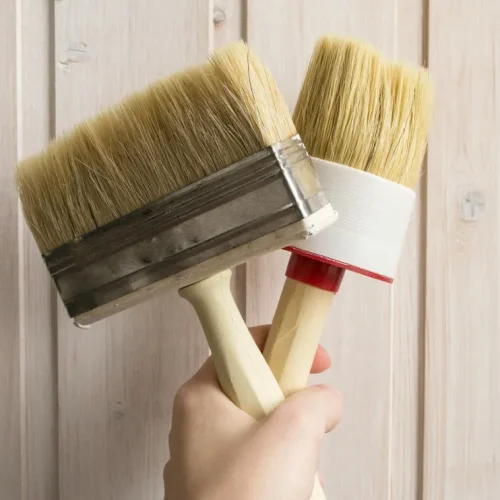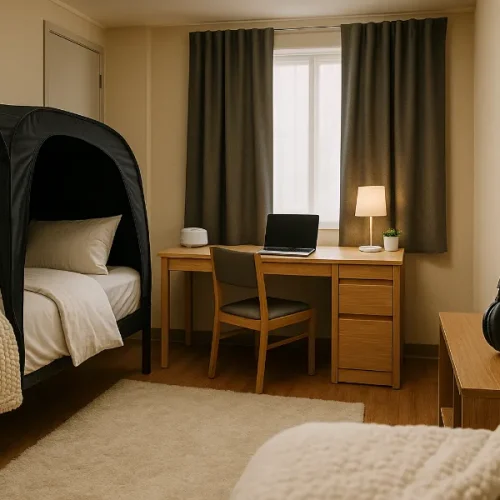
Every Boston homeowner wants their space to look as fresh and well-kept as the day they moved in. But with the city’s mix of humid summers, cold winters, and unpredictable coastal weather, keeping a home looking new takes consistent effort. Over time, paint begins to fade, wood floors lose their shine, and exteriors show signs of wear from salt air and seasonal changes.
The good news is that maintaining your home doesn’t have to mean constant renovations or expensive upgrades. It’s about smart, regular care that fits the city’s climate and housing styles. This guide walks you through practical, city-relevant ways to keep your home fresh, inviting, and built to last.
1. Use Lighting to Brighten and Modernize Spaces
Lighting does more than illuminate it affects how fresh and open a home feels. Poor lighting can make even clean rooms appear dull. A mix of general, task, and accent lighting keeps spaces functional and visually appealing.
Natural light remains the best way to make a room feel bright. Keeping windows clean and using light-colored curtains helps maximize daylight. For artificial lighting, LED bulbs are an effective choice. They provide steady brightness, produce less heat, and last longer than traditional bulbs. Replacing outdated light fixtures or adding under-cabinet lights in kitchens can instantly make a home look newer and more inviting.
2. Refresh Your Walls with Professional Painting
Nothing makes a home look new quite like a fresh coat of paint. Walls fade from sunlight, stains, and everyday life, so periodic repainting keeps your interiors bright and clean. A professional job ensures even coverage, sharp edges, and long-lasting color things that are difficult to achieve on your own.
Many homeowners rely on local Boston painting services to handle both interior and exterior work. Professional painters know how to prepare surfaces properly, use durable products, and finish with precision. The result is smoother walls and a finish that lasts longer than most DIY jobs. Repainting every few years keeps your home looking fresh and protects your walls from damage caused by moisture and dirt.
3. Deep Clean Beyond the Surface
Regular cleaning keeps things tidy, but deep cleaning keeps your home truly fresh. Over time, dust and grime settle into areas you don’t notice behind furniture, on ceiling fans, and along baseboards. These spots can make your home feel dull even when it looks clean on the surface.
Schedule a deeper clean at least twice a year. Wash walls, clean carpets, and vacuum upholstery thoroughly. Use gentle cleaning products that protect finishes instead of wearing them down. For hardwood floors, choose cleaners made specifically for wood to avoid dulling the shine. A well-cleaned home not only looks better but also lasts longer because dirt and buildup can damage materials over time.
4. Protect and Maintain Your Flooring
Floors take the most daily wear. Dirt, shoes, spills, and furniture can leave marks or scratches that make even a clean room look tired. Regular care keeps them looking new for years.
For hardwood, use rugs in high-traffic areas and clean spills right away to prevent stains. Mopping with too much water can cause wood to swell, so a slightly damp mop works best. Tile floors need clean grout lines to stay bright scrubbing them gently every few months prevents discoloration. If you have carpets, vacuum often and schedule professional cleaning once a year to remove deep-seated dirt. When you treat your floors with care, they stay in great shape and add lasting beauty to your home.
5. Give Extra Care to High-Touch Surfaces
Areas that people touch often like doors, stair railings, cabinets, and trim show signs of use faster than other parts of the home. Fingerprints, scuffs, and worn paint make these spots appear older. Regular cleaning keeps them fresh. Using mild soap and a soft cloth removes buildup without stripping finishes.
Inspect these areas every few months and address small issues quickly. Tighten loose handles, oil creaky hinges, and touch up paint where needed. These simple actions help maintain a consistent appearance throughout the house. Over time, caring for small details adds up to a home that always looks well-kept.
6. Schedule Professional Maintenance Regularly
Some upkeep requires expert attention. Regular professional maintenance prevents major issues and keeps systems running efficiently. Have plumbing, electrical wiring, and roofing inspected at least once every couple of years. Professionals can detect small problems early, saving you from costly repairs later.
If you own appliances such as HVAC systems or water heaters, follow the manufacturer’s service schedule. Changing filters, cleaning vents, and checking for leaks improve performance and extend lifespan. Hiring specialists also gives peace of mind knowing the work meets safety and quality standards. Investing in professional care protects your home’s value and comfort over time.
Conclusion
Keeping your home looking new year after year doesn’t rely on big projects. It comes down to steady care, attention to detail, and occasional professional help. By inspecting your home regularly, maintaining clean interiors, and managing small repairs early, you can prevent most visible wear.
Long-term upkeep isn’t only about appearance it also protects your home’s structure and saves money in the future.
FAQs
Typically every 3–5 years, depending on sunlight exposure and how much wear the walls receive.
Switching to LED bulbs and adding layered lighting (task, ambient, accent) can noticeably refresh any room.
DIY works for small touch-ups, but professional painters provide smoother finishes and longer-lasting results.
Plan for a thorough deep clean twice a year, especially focusing on hidden and high-dust areas.
Use rugs in high-traffic areas, clean spills quickly, and avoid soaking floors while mopping.
Vacuum often and schedule professional carpet cleaning once a year to remove deep dirt and allergens.
These areas show wear faster; small touch-ups keep the whole home looking fresh and maintained.
At least once a year, ideally before seasonal temperature changes.
Yes. Exterior paint, siding, and roofing protect your home’s structure and appearance.
Address small repairs early before they become noticeable or costly.













